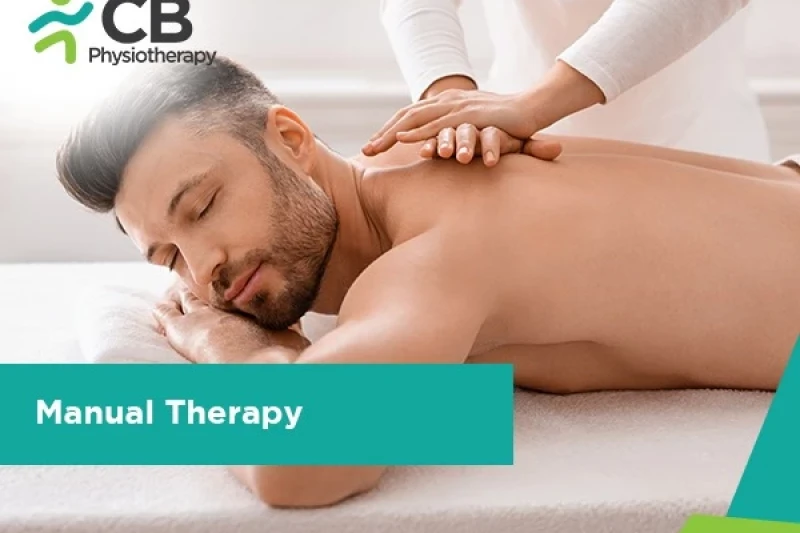Manual Therapy is actually a large Umbrella under which many specific hands-on techniques reside and some of them are:
SOFT TISSUE TECHNIQUES:
Soft Tissue Mobilization: Soft tissue mobilization works by mobilizing muscles and therefore breaking up scar tissue. The mobilization also helps to remove waste products from the damaged area which increases the speed of the healing process. Soft tissue mobilization helps to release the tension in the muscle which increases the range of motion and flexibility. .Different techniques used by the therapist are sustained pressure, direct oscillations, perpendicular mobilization, and parallel mobilization.
Massage: Massage serves the purpose of moving the fluid and if applied cautiously and gently to injured tissue, may assist in preventing adhesions. Tendinous lesions are treated with a gentle dosage applied transverse to the fibers to smooth roughened surfaces or to maintain mobility of the tendon within its sheath. When applied the tendon is kept taut and when treating a muscle lesion, the muscle is usually kept in its shortened position in order not to separate the healing breach.
Scar Mobilization: A deep tissue massage breaks up the adhesions and the collagen fibers that are limiting your movement. Adhesions are broken down within deep tissue. Massage techniques used are friction massage, acupressure, and trigger point.
Myofascial Release ( MRT): Myofascial release, a hands-on technique that applies prolonged light pressure with specific directions into the fascia system, may be used as an adjunct to almost any treatment prescribed for the patient. The treatment is aimed at the fascia which is a tough connective tissue that has an elastic component, a collagenous or plastic component, and a matrix or ground substance, which under normal conditions is a gelatin-like substance. Cross-restriction can occur for any number of reasons within the fascia.
Strain Counterstrain or (PRT): Also known as positional release technique. It is a gentle technique aimed at relieving musculoskeletal pain and related dysfunction, its action for the treatment moves the patient’s body passively away from the painful and restricted directions of motion. Or passive positioning of the spasmed muscles and joints towards a comfortable position and simultaneously releasing the tissues.
Active Release Technique (ART): Manual therapy aims to correct the soft tissue restrictions by breaking down scar tissue and adhesions thus decreasing pain, stiffness muscle, and dysfunction. The patient actively moves the affected structure muscle or ligament while the therapist presses or maintains contact with the injured area. This allows the therapist to feel the structure as it moves under their contact and thus effectively treat those restricted soft tissue structures.
Manual Lymph Drainage (MLD): It is a gentle skin stretching massage technique that helps promote the movement of lymphatic fluid out of the swollen limbs or decrease various types of edema. The techniques used are stationary circles, scoop technique, pump technique, and rotatory technique.
JOINT TECHNIQUES:
Joint Mobilization: Passive traction or gliding movements applied to joint surfaces that maintain or restore the joint play (distraction, sliding, compression, rolling, and spinning) normally allowed by the capsule so that normal roll-slide joint mechanics can occur as a person moves.
Joint Manipulation/Thrust/Mobilization: Passive skilled manual therapy techniques applied to joints and related soft tissues at varying speeds and amplitudes using physiologic or accessory motions, for therapeutic purposes.
Muscle Energy Techniques: Muscle Energy Technique (MET) is a form of manual therapy that uses the muscle’s own energy in the form of gentle isometric contractions to relax the muscles via autogenic or reciprocal inhibition and lengthen the muscle. Types of contractions used in MET are isometric contraction- hypertonic shortened muscle, isotonic contraction- inhibited weakened muscle, concentric contraction- mobilizes joint against its motion barriers, eccentric contraction- isolytic contraction- fibrosed muscles.
Traction: The process of drawing or pulling. Traction is a manual technique designed to reduce the pressure on the affected area, thus reducing pain.
